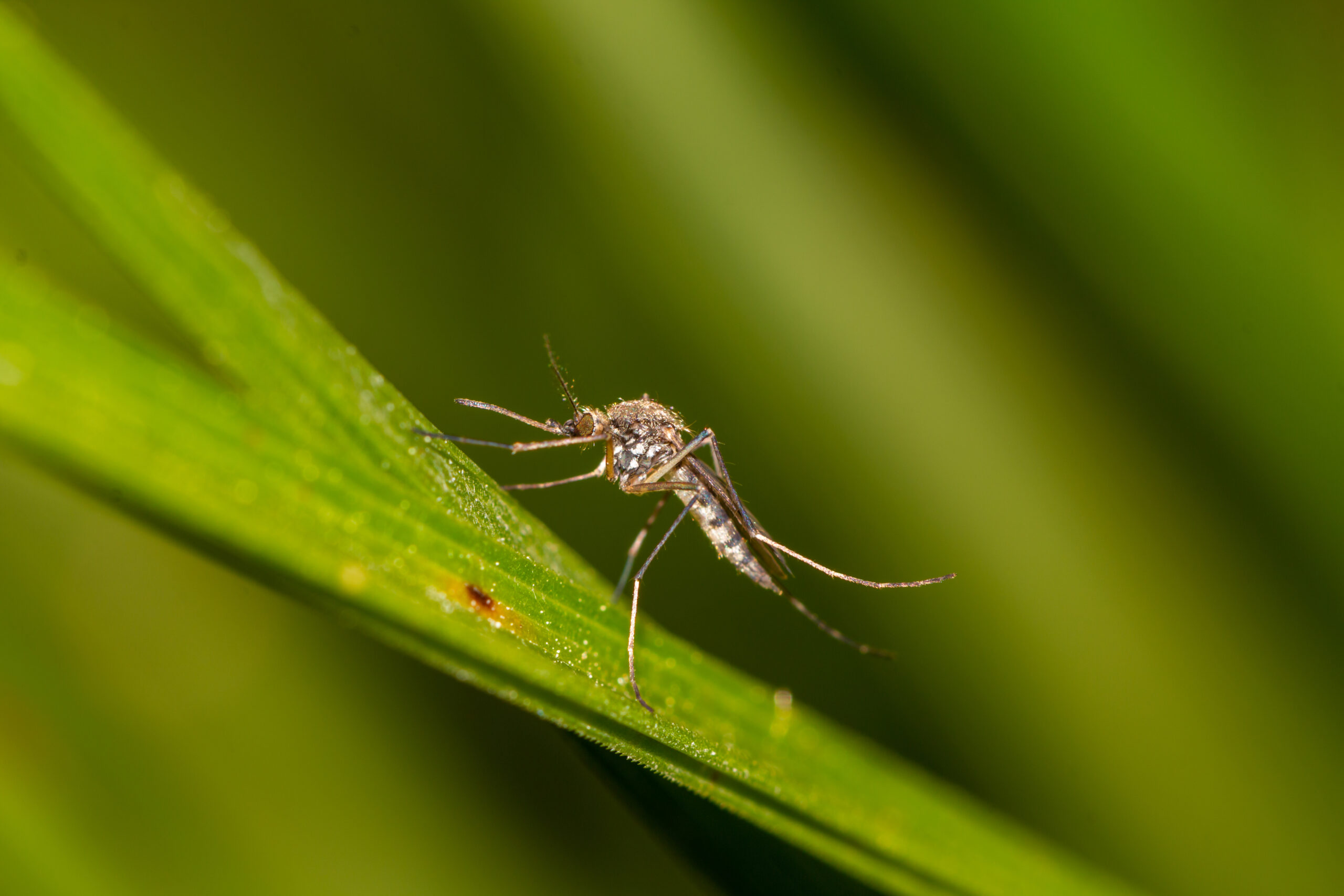Health officials are sounding the alarm as West Nile virus infections surge to record highs, with case counts 40% above average.
Story Snapshot
- West Nile virus cases in 2025 are 40% higher than the decade’s average, impacting both the U.S. and Europe.
- Italy faces its worst outbreak to date; the U.S. sees broad geographic spread and a high rate of severe cases.
- Older adults and immunocompromised individuals are most at risk, straining health systems and resources.
- Experts warn the season is not over, and surveillance data may underestimate the real burden of disease.
West Nile Virus Surges: A New Public Health Challenge
In 2025, West Nile virus (WNV) infections have risen sharply, with official counts in the United States and Europe exceeding typical numbers by approximately 40%. Health authorities report that the risk is far from over, as conditions remain favorable for the mosquitoes that transmit the virus. Italy stands out for recording its highest-ever number of cases at this point in the year, while the U.S. is experiencing an unusually high rate of severe, neuroinvasive infections. This year’s outbreak began early and spread into new regions, intensifying concerns about public safety and preparedness.
West Nile virus cases intensely rising 40% higher than normal this year https://t.co/jyGQhZ0ksi pic.twitter.com/LeZ9D3ISYZ
— New York Post (@nypost) September 11, 2025
Historical Context: How Did We Get Here?
West Nile virus was first identified in Uganda in 1937 but only became a major U.S. concern after its introduction in 1999. Since then, WNV has developed entrenched cycles of transmission in North America and Europe, with outbreaks driven by environmental factors such as climate and mosquito populations. In recent years, warmer temperatures and longer mosquito seasons—trends linked by experts to climate shifts—have increased the risk of transmission. The U.S. and Europe have both experienced periodic epidemics, but 2025’s surge stands out for its scale and early onset.
Efforts to control the spread have involved coordination among the Centers for Disease Control and Prevention (CDC), European agencies like the ECDC and EFSA, state health departments, and local officials. Their roles include monitoring outbreaks, issuing public health advisories, and managing vector control programs. Vulnerable groups, including older adults and those with weakened immune systems, remain at the forefront of health warnings, underscoring the critical need for robust response strategies.
Watch: West Nile Virus Outbreak 2025 – What You Need to K – YouTube
Current Developments and Community Impact
By early September 2025, Italy reported over 500 confirmed infections and 32 deaths, making it the hardest-hit European nation this year. The United States, meanwhile, has recorded 771 human cases across 39 states, with a concerning 490 classified as neuroinvasive—cases that can lead to severe neurological complications or death. Health officials emphasize that these numbers are likely an underestimate since many infections are mild or asymptomatic and go unreported. The majority of severe cases occur among older adults, which has led to increased hospitalizations and strained healthcare resources, particularly in regions new to WNV outbreaks.
Long-Term Risks and Policy Implications
The short-term impacts of the 2025 outbreak include increased hospital admissions, higher healthcare costs, and a surge in demand for public health resources. In the long term, experts warn that rising case numbers could signal a broader shift in where WNV is endemic, potentially expanding the regions at risk in coming years. The economic effects extend to sectors like blood donation, veterinary care, and tourism, as communities grapple with uncertainty and the need for ongoing intervention.
Sources:
EFSA/ECDC Surveillance Report, Europe, 2025
CBS News, U.S. West Nile Virus Cases, 2025
CDC West Nile Virus Data and Maps
CDC West Nile Virus Current Year Data









